There was a time when you didn’t need carbon fiber or Nürburgring lap times to make a statement. You just needed length, chrome, and a Cadillac badge. The Coupe DeVille was exactly that—a two-door monument to comfort, presence, and quiet confidence. It didn’t pretend to be sporty, and it never tried to shrink to fit in.
Even now, decades later, the Coupe DeVille still holds its ground. Whether it’s parked at a car show or cruising down a quiet highway, it reminds you what American luxury once looked like—big V8s, soft rides, and enough sheet metal to build a small plane. Here’s why it still deserves your attention.
It Still Looks Like Success on Wheels
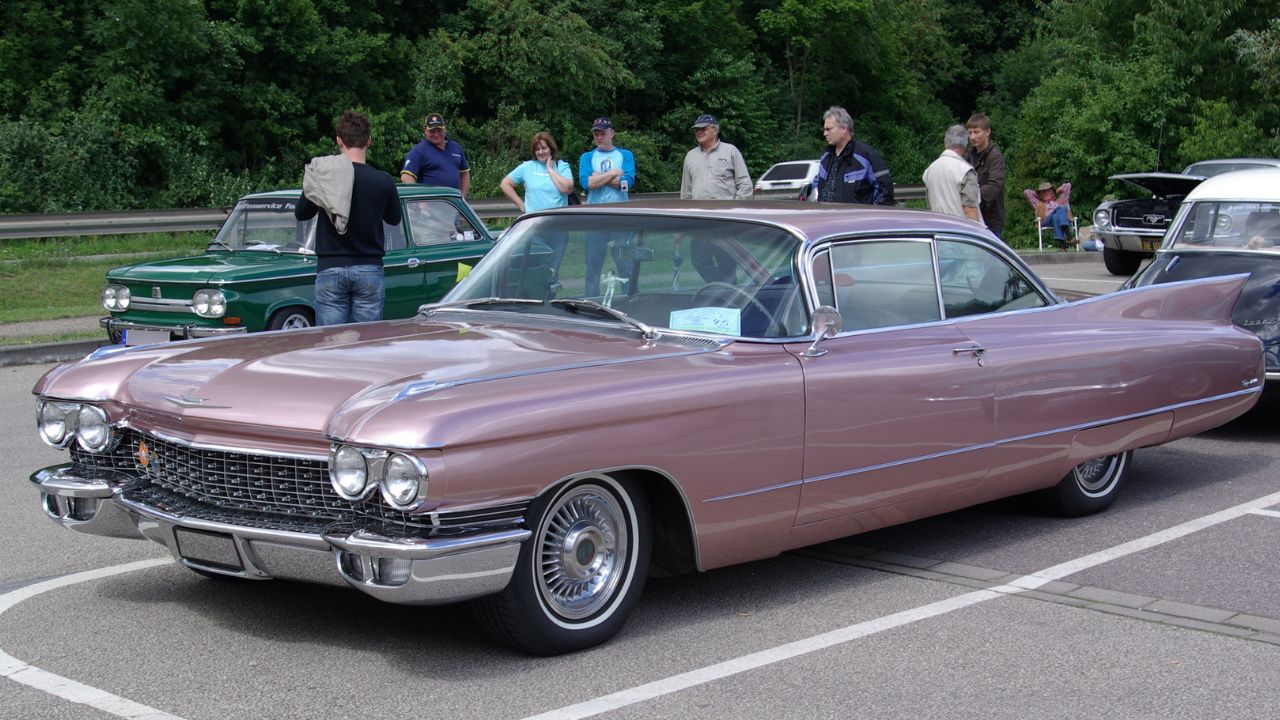
The Coupe DeVille was never subtle. With nearly 19 feet of chrome-trimmed steel, it filled up both your driveway and your ego. Even parked, it had presence. Wide grille, sharp body lines, and tail fins that slowly faded out as the years passed—this thing was Cadillac’s rolling billboard for American wealth.
Later versions from the early ’70s kept the drama going with fender skirts, stand-up hood ornaments, and vinyl roofs in colors only Cadillac dared to sell. It didn’t matter if gas was cheap or not. Owning a Coupe DeVille meant you’d already made it.
That 472 V8 Wasn’t Just for Show
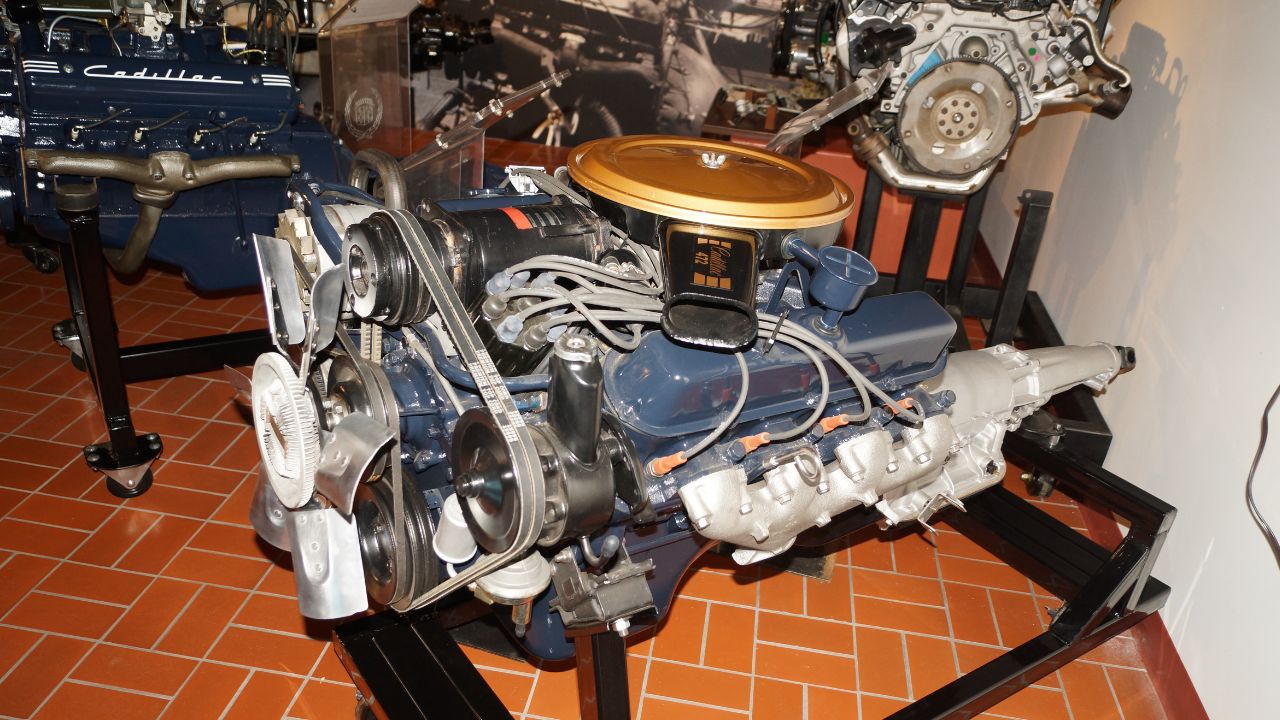
By 1968, Cadillac had rolled out a 472 cubic-inch V8 that made 375 horsepower and 525 lb-ft of torque. It wasn’t trying to be a muscle car, but it sure had the numbers to embarrass a few. Torque came on early and stayed flat, giving the DeVille smooth, effortless acceleration.
The 472 was built more for quiet authority than for track stats, paired to a Turbo Hydra-Matic 400 that shifted like melted butter. Despite the car’s size—well over two tons—it never felt winded. Just give it throttle and it moved with purpose.
It Was a Luxury Apartment on Wheels
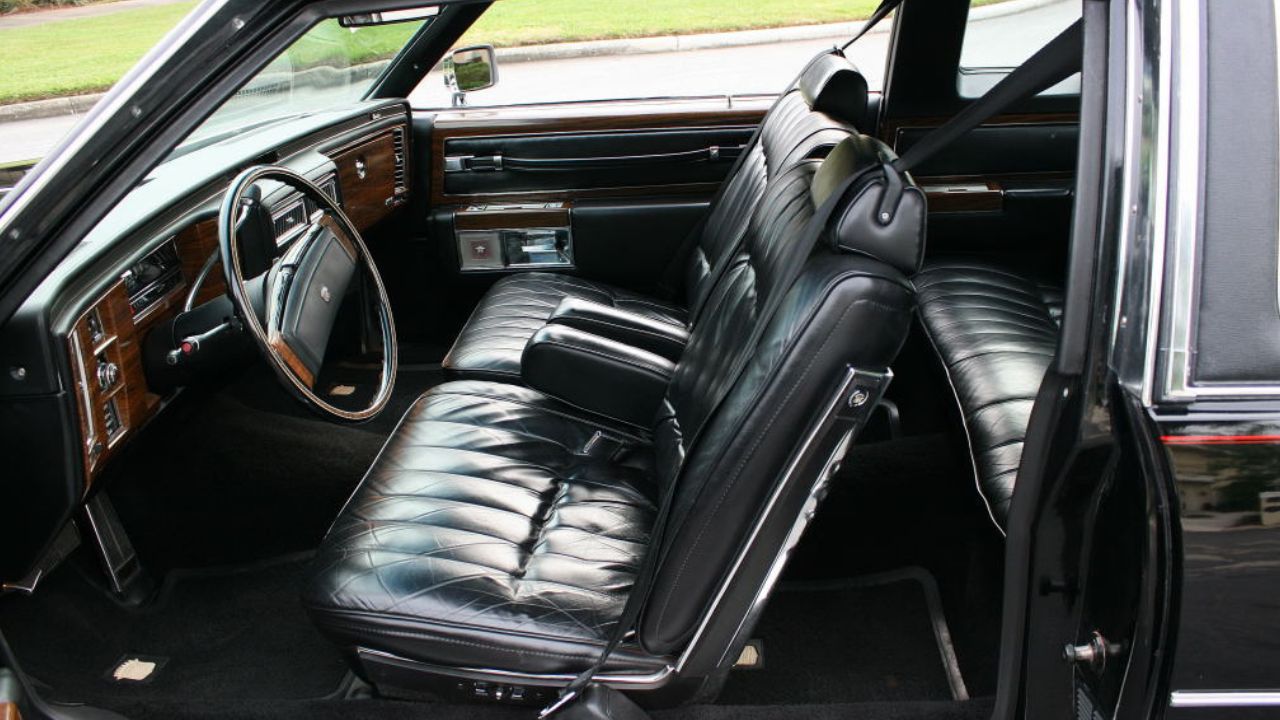
Open the door and it was like stepping into a high-end lounge. Broadcloth or leather seats with deep cushions, fake wood trim that actually looked good in the era, and enough chrome knobs and switches to feel like a cockpit. Rear legroom was generous even with the front seat pushed back.
Most models came with automatic climate control, power windows, and an AM/FM stereo that could be optioned with an 8-track. You didn’t drive the Coupe DeVille as much as you relaxed in it. It made road trips feel like floating down a hotel hallway.
It Came From a Time When Bigger Was Better

In 1970, the Coupe DeVille stretched 225 inches long and had a wheelbase of 129.5 inches. Compare that to anything modern, and it’s a beached whale by today’s standards—but back then, that was the whole point. Size meant status. Length meant legroom and trunk space.
With all that sheet metal, Cadillac also had the room to sculpt a profile that stood apart. Long hood, short rear deck, upright roofline—every angle was tailored to suggest dignity without shouting. It wasn’t about being fast. It was about being important.
It Outsold Just About Everything Else
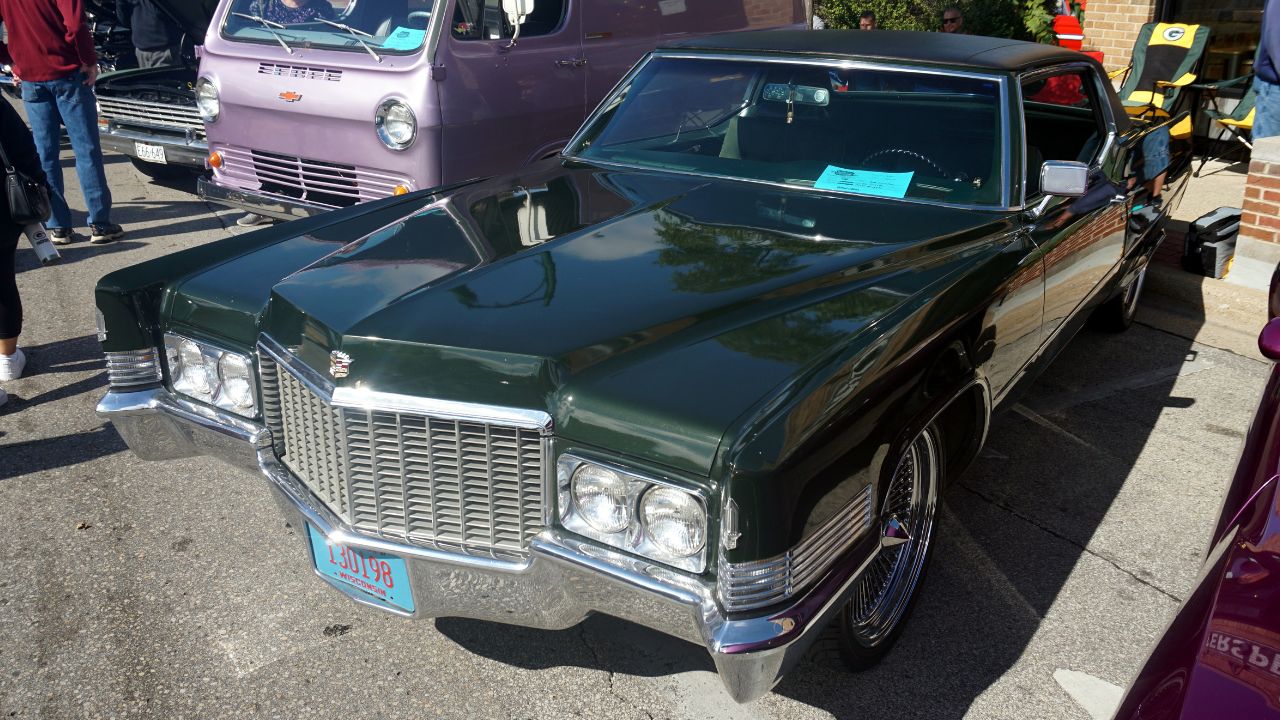
Cadillac moved over 181,000 Coupe DeVilles in 1970 alone. That’s not niche luxury—those were serious production numbers. Buyers wanted a big, smooth V8 and the kind of flash that didn’t require explanation. And Cadillac delivered without blinking.
The DeVille consistently outsold Lincoln’s offerings and made European imports look like fringe players. Even in years where performance cars were king, this big coupe held its own in the sales race. You weren’t buying hype—you were buying familiarity, reputation, and plenty of steel per dollar.
The Ride Quality Was Quiet Money
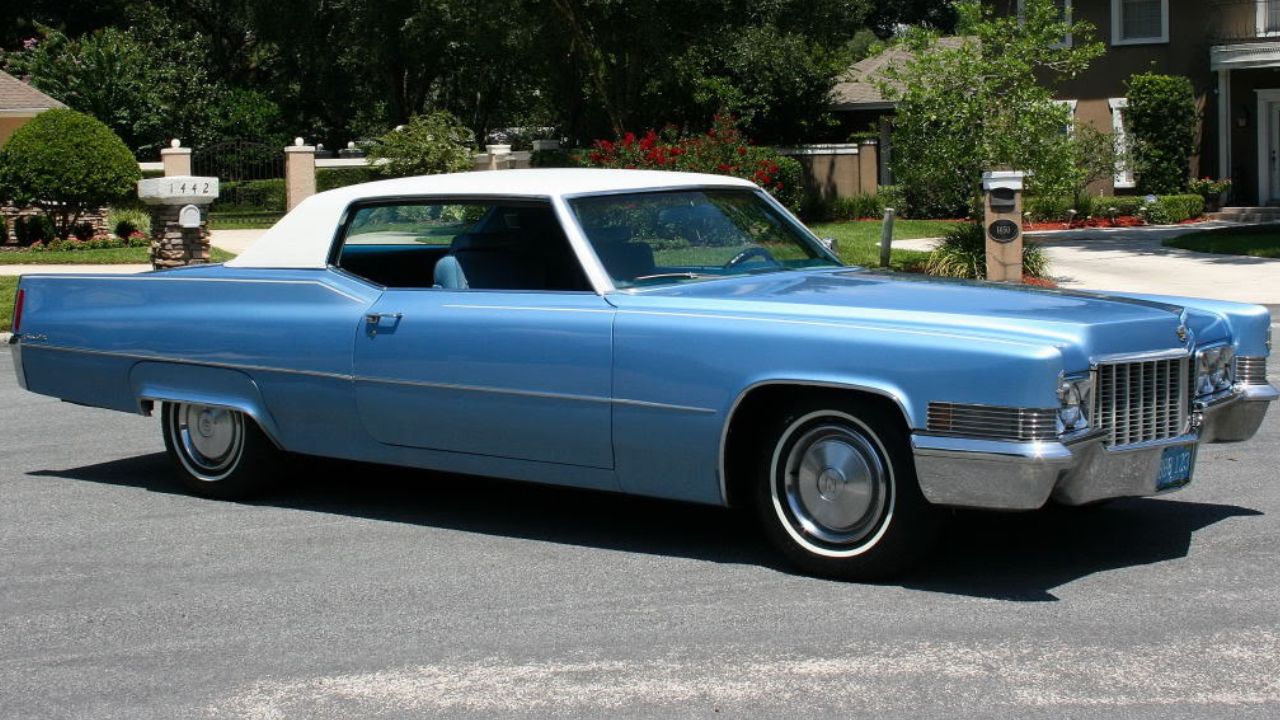
Cadillac’s suspension tuning was focused on serenity. With a full perimeter frame, coil springs at all four corners, and plenty of insulation, the Coupe DeVille soaked up potholes like they barely existed. Steering was light and vague, sure—but that’s how you knew it wasn’t trying too hard.
This wasn’t built to “feel the road.” It was designed to forget the road. Even at 80 mph, wind noise was minimal and the engine tone was barely a whisper. Driving one today still feels different—like you’re cruising in a sealed vault on whitewalls.
It Carried Generations of Status
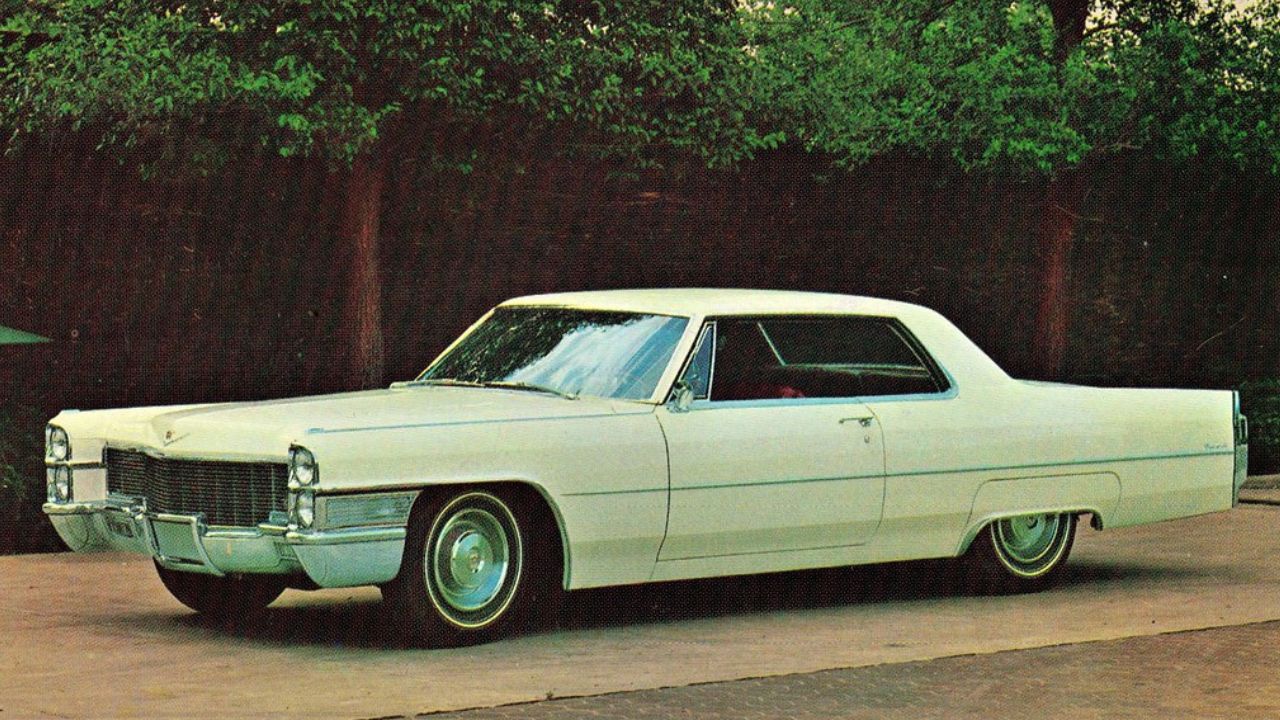
The Coupe DeVille wasn’t just a car; it was a family legacy. Your uncle had one, your grandfather probably owned one, and there’s a good chance you grew up riding in the back seat to weddings and funerals. It wasn’t exotic—it was dependable class.
This car stuck around because it did what Cadillac promised: gave you presence without requiring you to explain yourself. No fake badging, no forced styling. Just a massive two-door coupe that said more about you than anything in your wallet could.
Even Downsized, It Stayed Cadillac
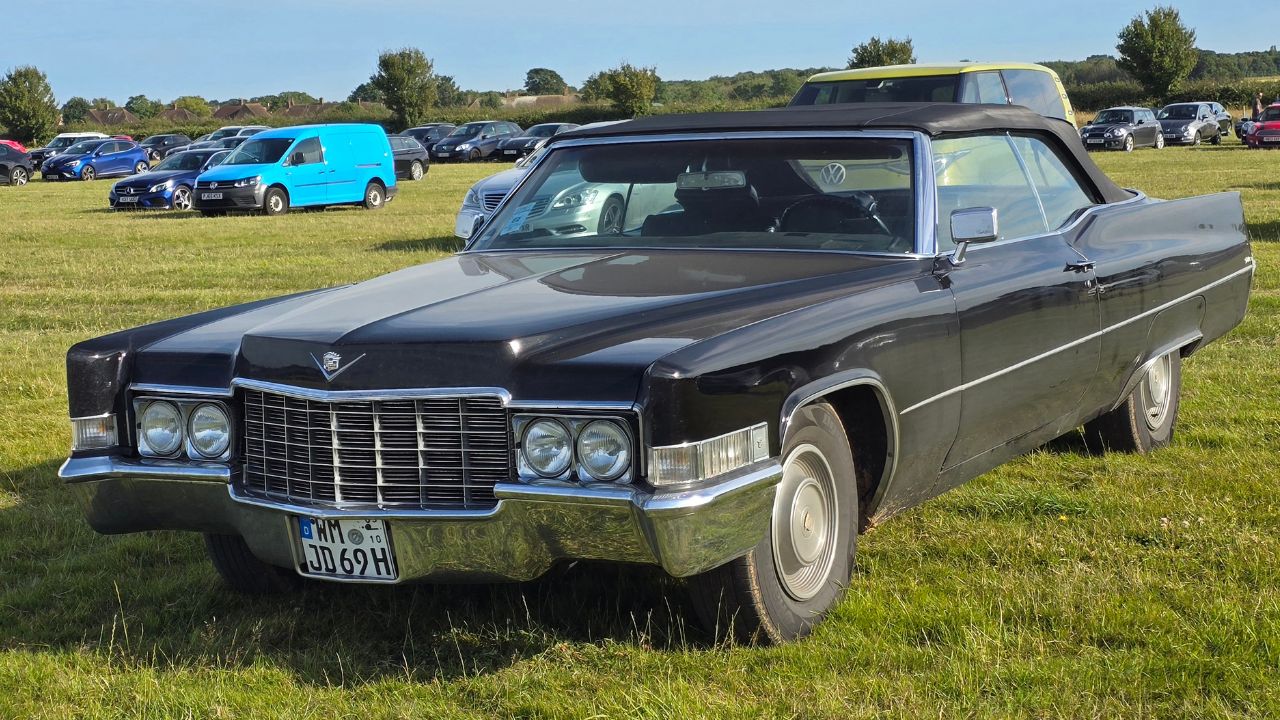
By the late ’70s, the DeVille shrank a bit to comply with fuel economy and emissions laws, but it didn’t lose its identity. The 425 cubic-inch V8 still delivered strong low-end torque, and the ride quality stayed Cadillac-smooth. It just came in a slightly more manageable package.
The coupe kept its long doors, plush interiors, and signature roofline. GM’s engineers managed to preserve the Cadillac experience without turning it into a parody. For buyers who didn’t want to switch to German sedans, this was still the home team’s flagship.
It Marked the End of an Era
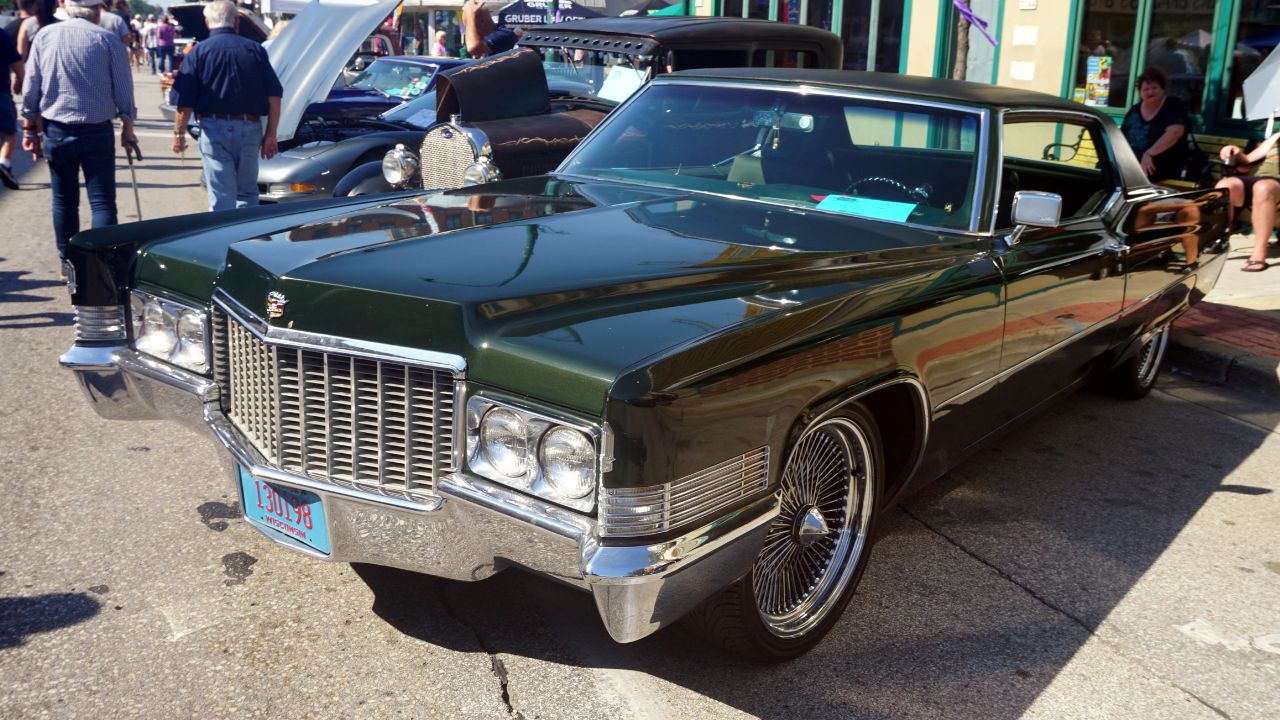
The ’70s Coupe DeVille was one of the last American cars to go all-in on size, style, and softness before downsizing, front-wheel drive, and imports changed the rules. It represents the last confident gasp of full-size, rear-drive American luxury.
By the ’80s, everything became leaner, lighter, and quieter. But the Coupe DeVille stuck to its guns while it could. That’s why collectors and fans still chase clean examples—it’s the tail end of Cadillac’s dominance before things started getting cautious.
It Still Turns Heads for the Right Reasons
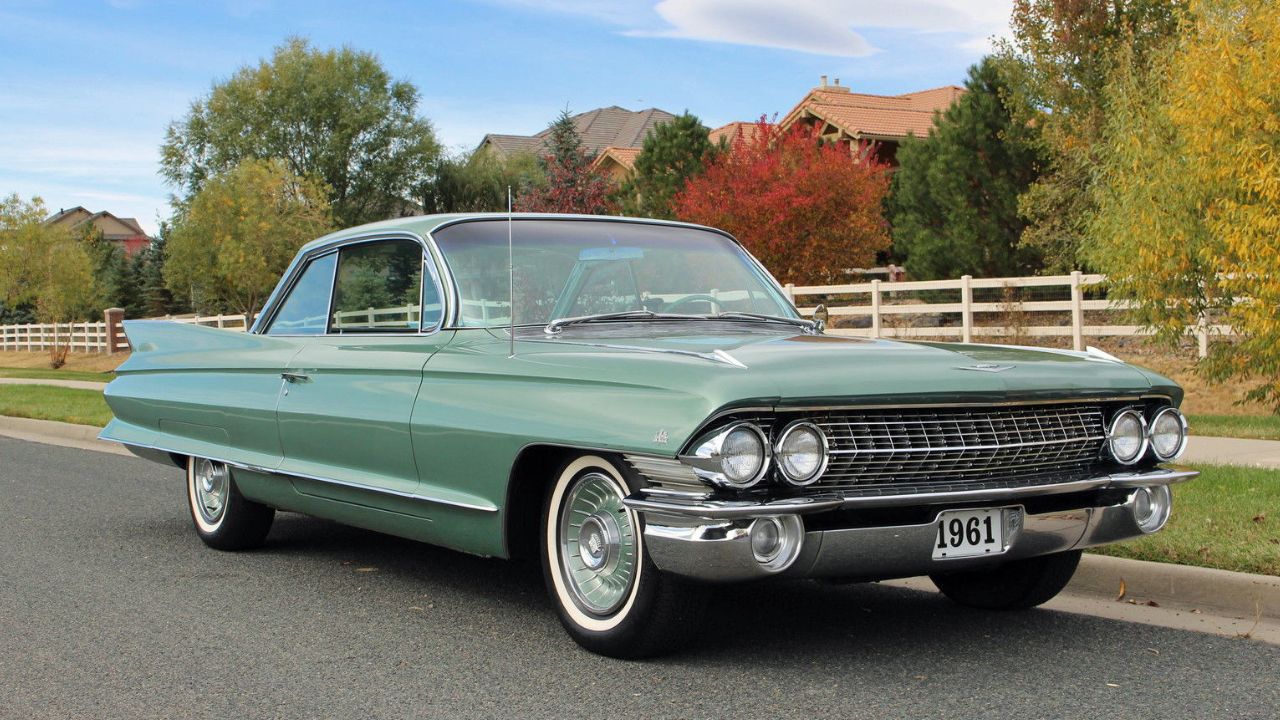
Even at a car show packed with muscle cars and exotics, a well-kept Coupe DeVille gets attention. Not because it’s rare, but because it carries presence without trying to be aggressive. The long hood, sweeping lines, and wide grille still make people look twice.
You don’t need to explain what it is. Everyone knows it’s a Cadillac. That kind of built-in respect is rare now, and it’s one of the reasons the Coupe DeVille still matters. It didn’t chase trends. It just stayed the course—big, comfortable, and unmistakably American.
Like Fast Lane Only’s content? Be sure to follow us.
Here’s more from us:
*Created with AI assistance and editor review.

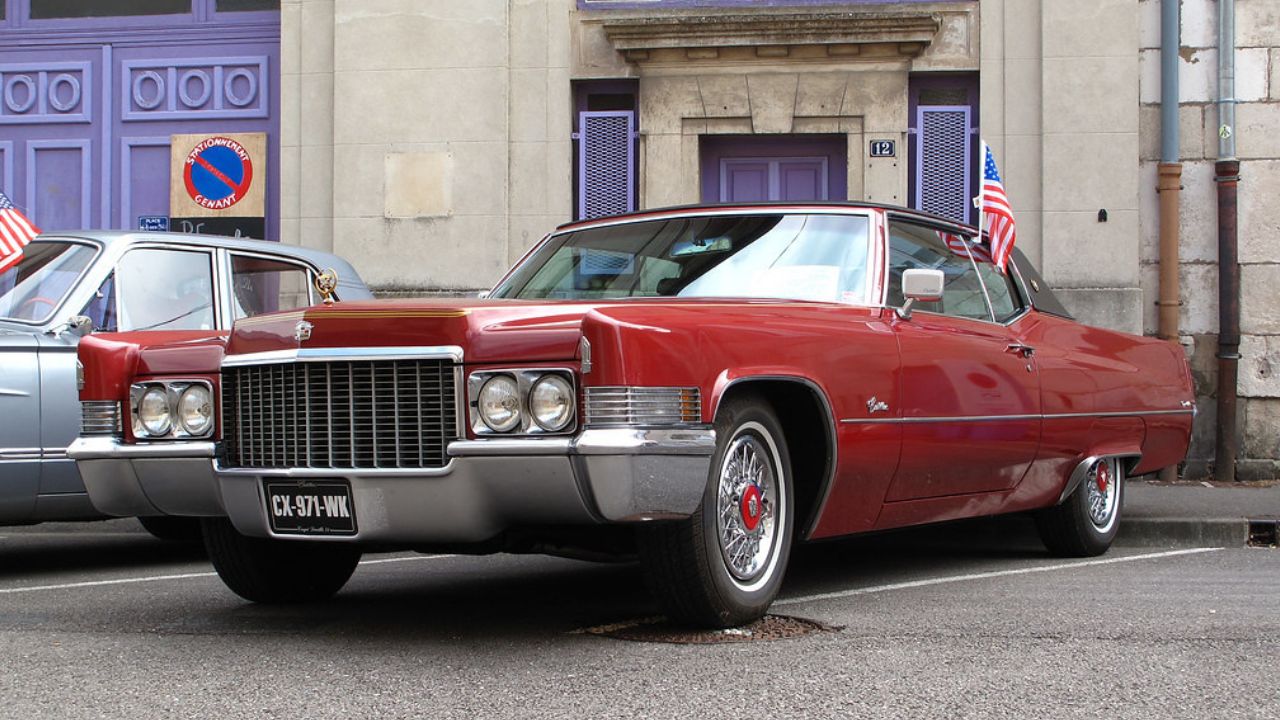
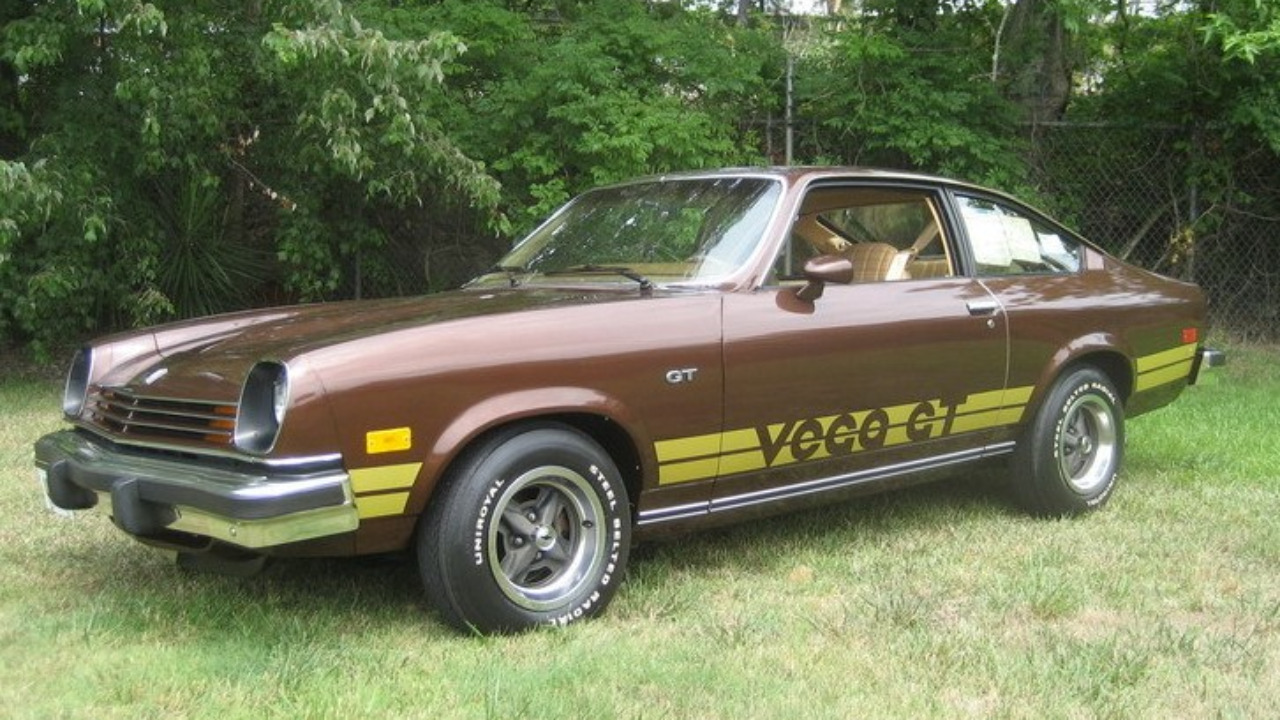
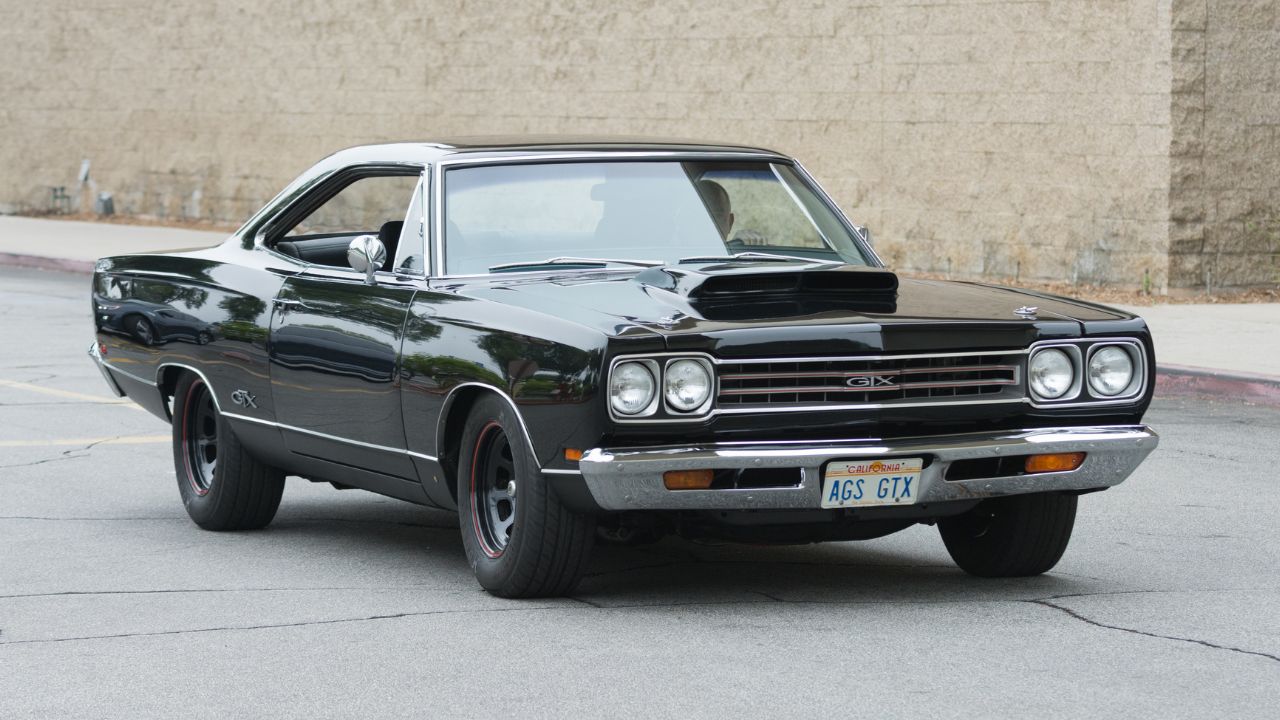
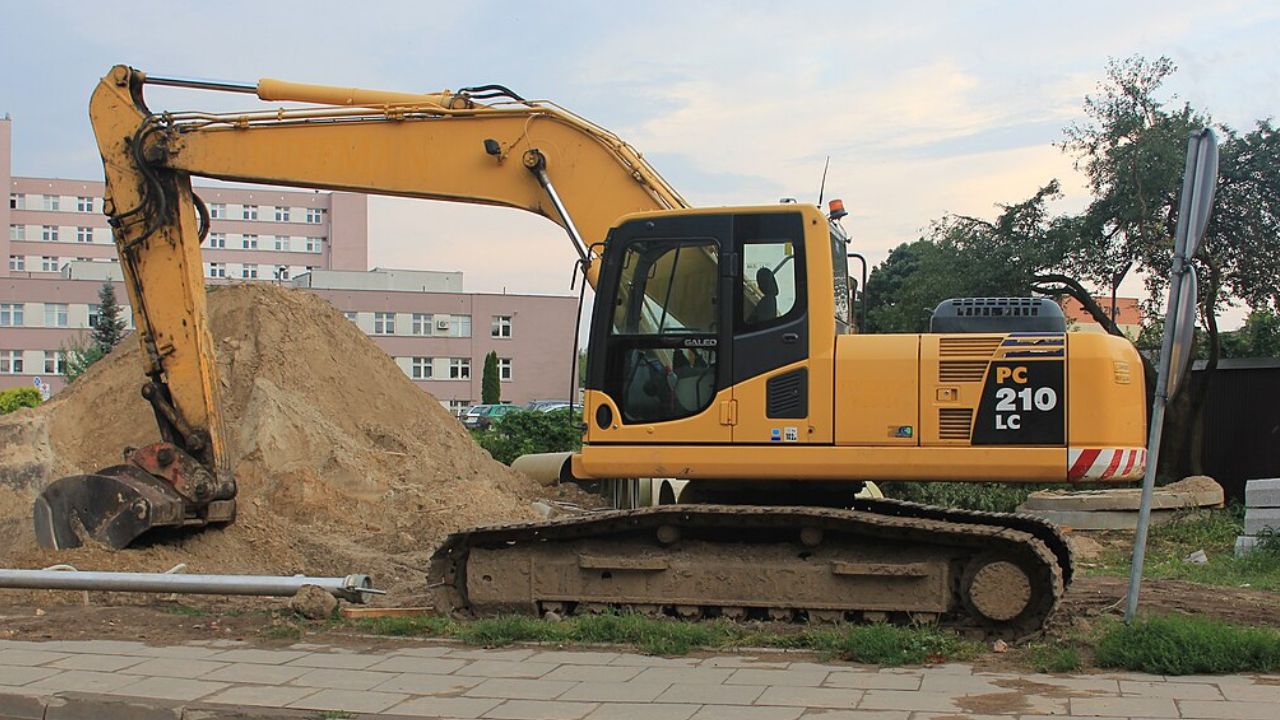
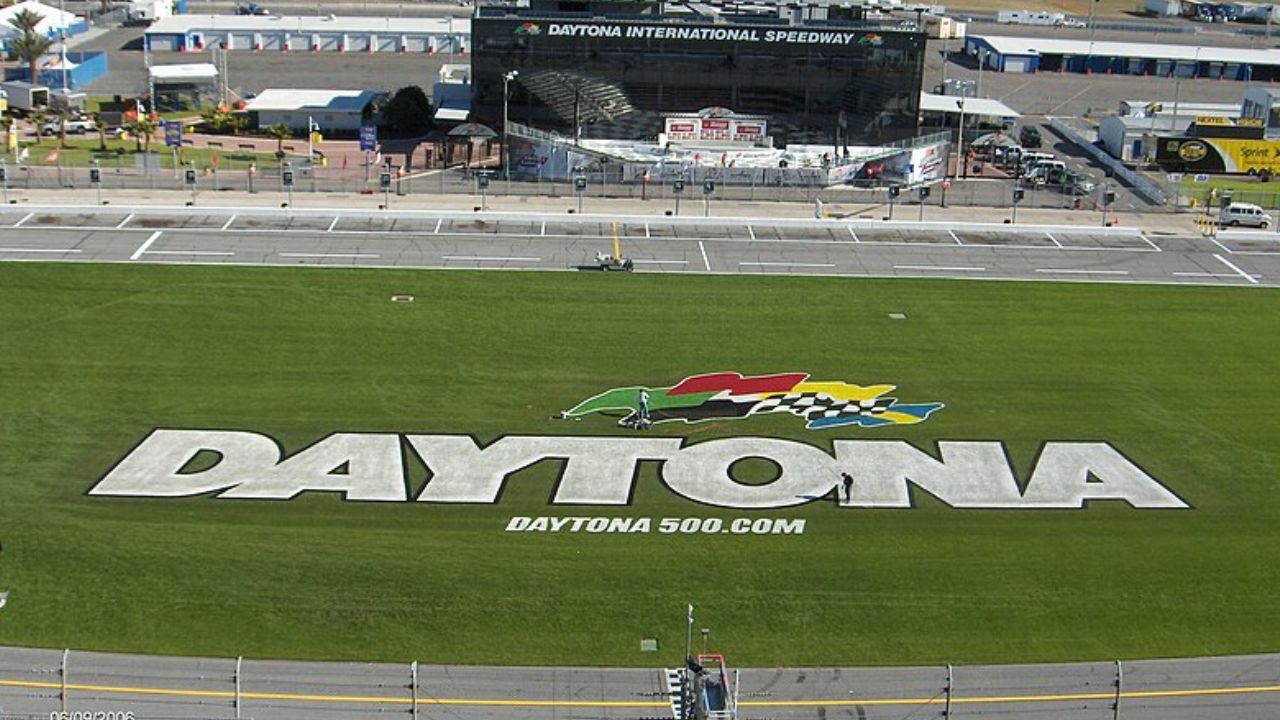
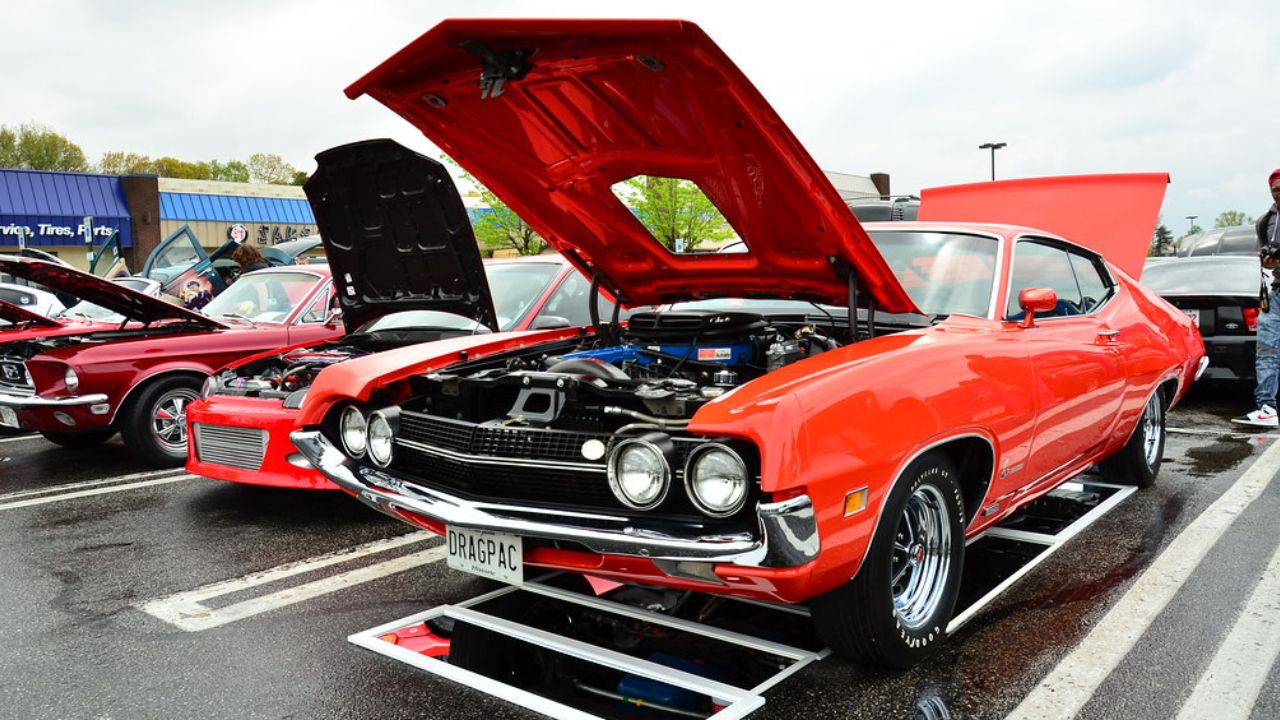
Leave a Reply